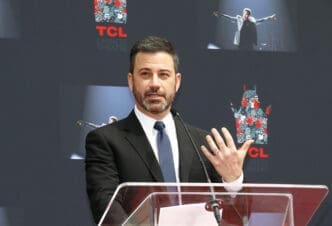Workers at Starbucks in the United States are taking a bold stand as they embark on a five-day strike to express growing frustration over stalled contract talks with their employer. The action, set in motion last Friday, has already led to the closure of at least ten locations and shows the possibility of escalating to hundreds of stores nationwide by Christmas Eve.
In an effort spearheaded by Starbucks Workers United, employees in major cities including Los Angeles, Chicago, and Seattle have decided to halt operations, aiming to pressure the coffee giant into agreeing to better terms. The union, which has been vying for a labor agreement since its unionization campaign took off in 2021, accuses Starbucks of not living up to promises made earlier this year. One key demand is the resolution of numerous unfair labor practice charges filed with the National Labor Relations Board.
The strikes began shortly after the Teamsters union initiated strikes at several Amazon delivery hubs, signaling a broader landscape of labor unrest. Despite the disruption caused by these strikes, Starbucks claims most of their U.S. outlets remain operational, minimizing the impact declared by the workers.
Starbucks Workers United alleges that while thousands of baristas have joined the union, Starbucks has resisted adjusting pay significantly, proposing only a modest yearly increase of 1.5% for union members. The union, however, is calling for a more substantial wage increase, seeking a 64% hike on hourly wages immediately, with further increments over a three-year contractual period.
Reports indicate that Starbucks has faced challenges beyond labor disputes, with declining sales and reduced customer traffic impacting both U.S. and international markets. Leadership changes at the top, including the replacement of a CEO who was committed to labor negotiations, add to the complexities of achieving a settlement. Despite Starbucks’ assertion of offering competitive wages and benefits, the union maintains that the company could do more to support its staff.
This standoff isn’t Starbucks’ first during peak seasons. In November last year, workers staged a walkout on Red Cup Day, disrupting one of the company’s biggest promotional events. Similarly, a strike in June addressed disputes over the display of Pride decorations in stores, further highlighting ongoing tensions between the workforce and management. Now, as holiday traffic peaks, both parties in this labor disagreement seem firmly entrenched, with Starbucks expressing readiness to negotiate, albeit accusing the union of prematurely ending recent talks.
As the holiday season unfolds, the Starbucks strike underscores wider issues at play in the labor sector. Both sides appear committed to their stances, and the resolution of these disputes could set significant precedents for employer-employee relations across industries. With tensions high and the festive season in full swing, the outcome remains uncertain but crucial for the future of Starbucks and its workforce.
Source: Apnews








